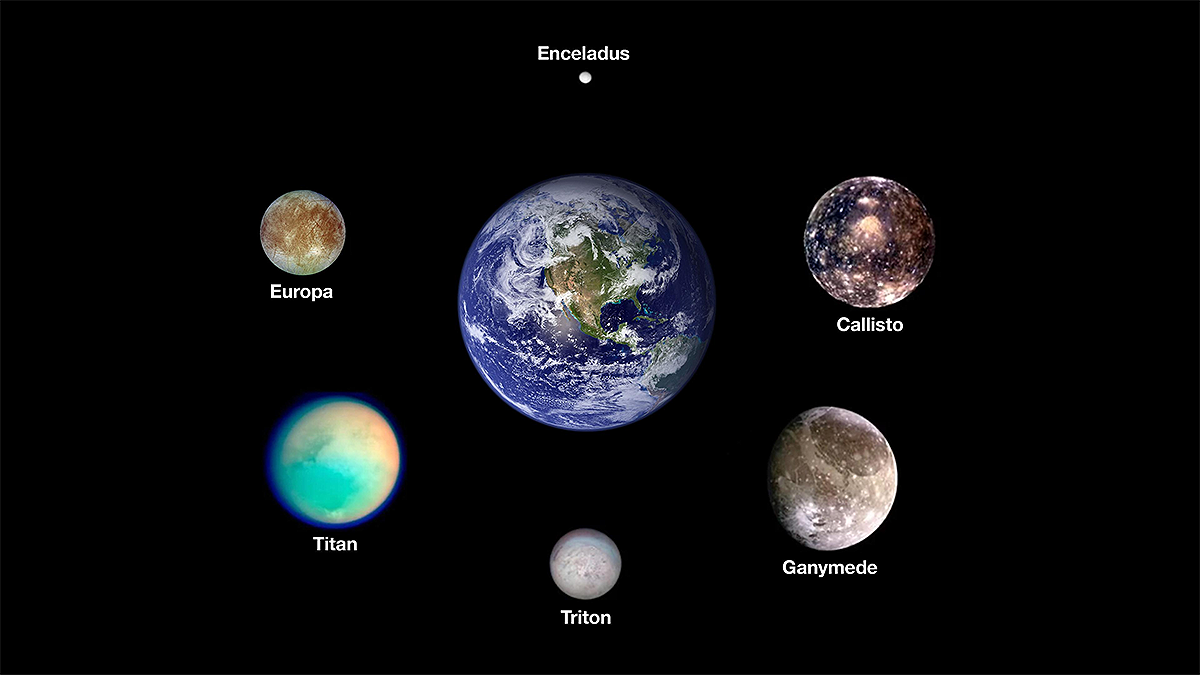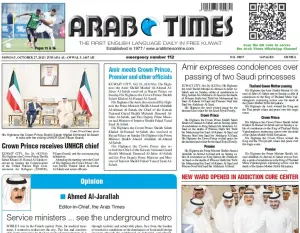25/07/2025
25/07/2025

You might think Earth has just one moon — but scientists say we’ve actually got a small family of them quietly circling us at any given time.
In a new international study, researchers have found that Earth is regularly orbited by at least six ‘minimoons’ — tiny natural satellites, many of which may be fragments of our own moon, blasted into space by ancient asteroid impacts.
These mysterious mini-moons, or temporarily bound objects (TBOs), are typically no larger than six feet in diameter and were likely created when asteroids slammed into the lunar surface, flinging debris into space. Some of that debris, scientists say, ends up caught in Earth’s gravitational field — forming mini companions that orbit our planet for months or even years before drifting off.
The groundbreaking study, published in the journal Icarus, challenges previous assumptions that these objects came from the asteroid belt between Mars and Jupiter. Instead, researchers believe many of them are literally moon dust — lunar ejecta that has broken free and found a temporary home around Earth.
“It’s kind of like a square dance,” said Dr. Robert Jedicke of the University of Hawaii, one of the lead researchers. “Partners change regularly and sometimes leave the dance floor for a while.”
And the dance floor is getting busy.
According to their analysis, roughly 6.5 minimoons larger than one metre in diameter could be orbiting Earth at any moment — some for weeks, others for years.
Most eventually escape Earth’s grasp and are pulled into solar orbit, but some crash back into the planet or even return to the moon.
The study closely examined two such objects — Kamo’oalewa and 2024 PT5 — both of which appear to be made of the same material as lunar rock. Kamo’oalewa, spotted in 2016, is the largest known minimoon, measuring up to 328 feet in diameter, and reflects light in a way strikingly similar to the moon’s surface.
Even more recently, 2024 PT5 — dubbed Earth’s temporary second moon — was discovered last August as it drifted into orbit. At first, astronomers thought it was just another space rock, but further analysis revealed a composition almost identical to that of the moon.
If confirmed, it would mean this chunk of rock is a literal child of the moon — and a grandchild of Earth.
The revelation ties neatly into the popular giant impact hypothesis, which suggests our moon formed billions of years ago when a Mars-sized planet slammed into Earth, hurling debris into space that eventually coalesced into the moon.
Now, it appears, pieces of that original collision are still breaking off — orbiting their planetary ‘grandparent’ in a cosmic reunion no one expected.


